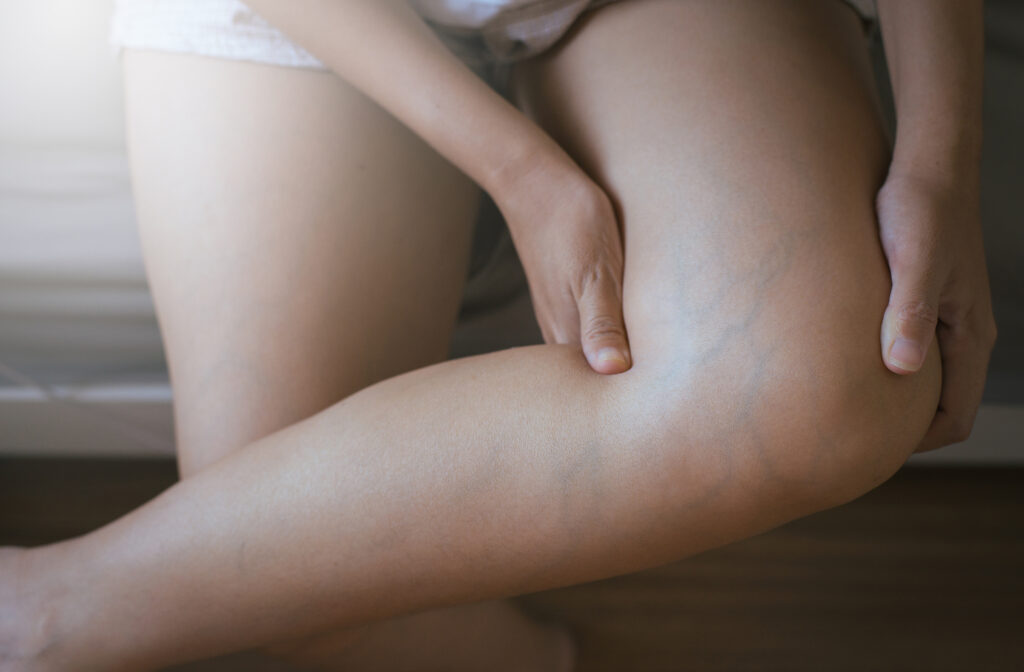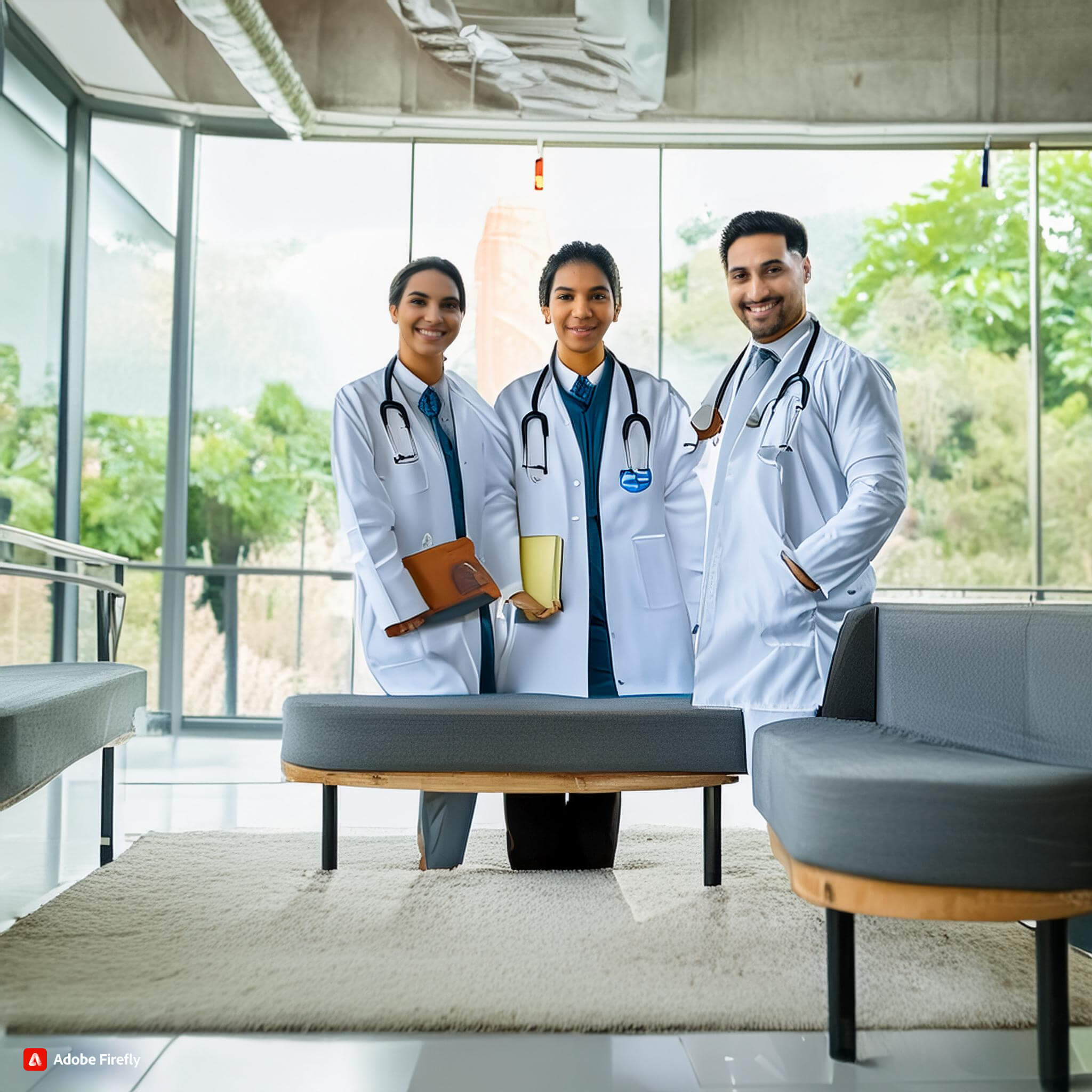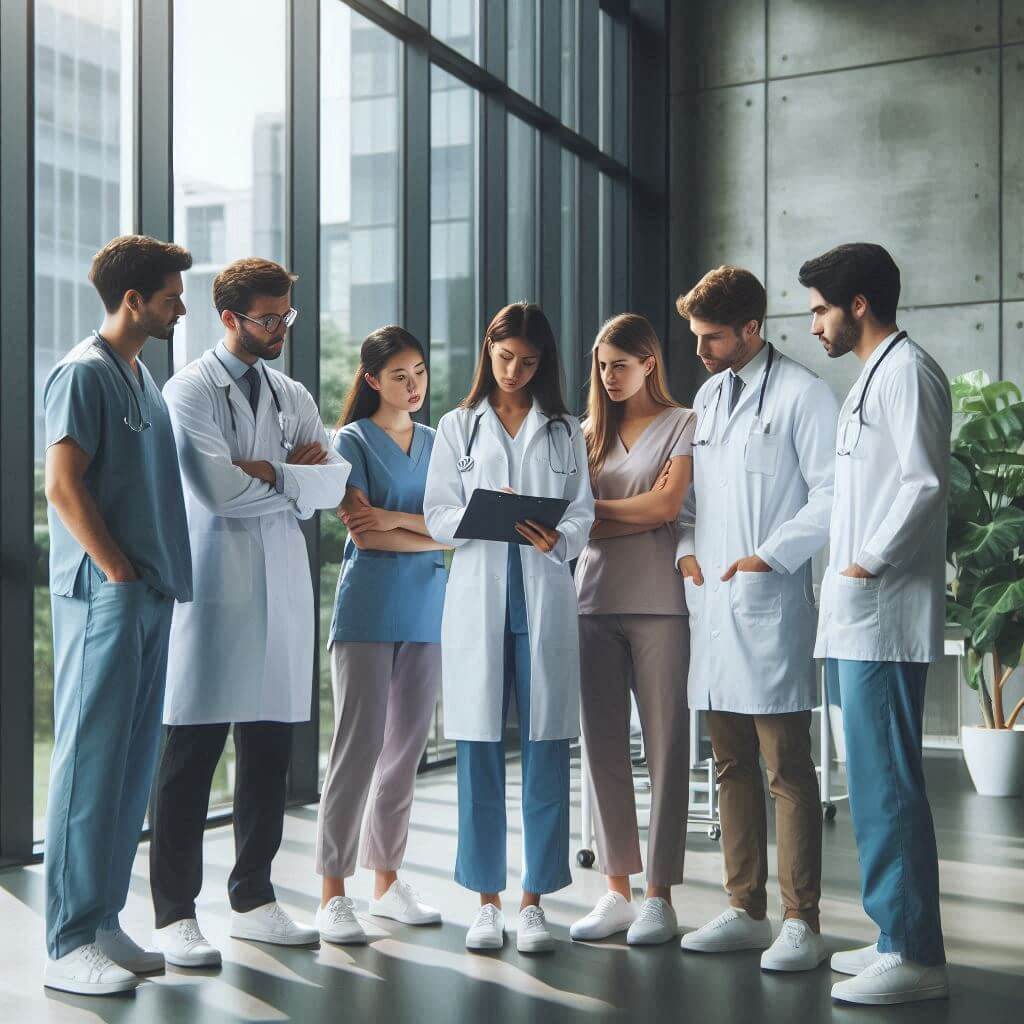
Varicose veins are enlarged, twisting veins that appear on the surface of your legs. Though typically harmless, these varicose veins may cause discomfort and even serious medical conditions if left untreated.
To treat them, foam sclerotherapy or endovenous laser ablation treatments may be effective. You could also try taking regular walks while raising your legs to promote improved circulation.
Sclerotherapy
Sclerotherapy involves injecting a special medication into varicose veins to cause them to close off, usually performed in your doctor's office and taking between 30-60 minutes. You may require multiple sessions before your varicose veins fade; therefore, follow-up appointments with your physician are typically scheduled one month post procedure.
Small varicose veins and spider veins generally respond quickly to sclerotherapy treatments; within three weeks. Larger varicose veins may take three to six months or longer. One session may eliminate up to 80 percent of affected varicose veins.
After your sclerotherapy treatment, it is usually advised that you wear compression stockings or socks and avoid crossing your legs when sitting to further increase symptoms. Other treatments might be suitable depending on the size, severity and location of your varicose veins such as endothermal ablation (heating the walls of your varicose vein to seal it), ligation/stripping (a surgical process where veins are tied off or removed altogether), and ambulatory phlebectomy (where doctors remove varicose veins through small cuts). Vigorous exercise should be avoided until two days post-treatment to minimize blood clot risk.
Endovenous laser ablation
If sclerotherapy doesn't do the trick, endovenous laser ablation (EVLT) may provide a viable alternative. Your physician uses ultrasound imaging to locate troublesome veins before inserting a thin catheter that emits laser or radiofrequency energy to cause varicose veins to collapse and seal, redirecting blood flow away from damaged ones toward healthier nearby ones while the damaged vein slowly fades and is eventually absorbed by your body.
After receiving EVLT treatment, it's normal to experience some temporary bruising and swelling. Compression stockings should be worn post-treatment to alleviate discomfort while engaging in strenuous activity should be avoided until symptoms have subsided.
Ambulatory phlebectomy is another non-invasive outpatient solution to varicose veins; your doctor can remove smaller varicose veins through tiny skin punctures under local anesthesia, after which compression stockings must be worn for one week afterward to treat swelling in your legs. Other possible treatment methods for varicose veins may include:
VenaSealTM
VenaSeal is a cutting-edge medical glue designed to seal varicose veins by stopping blood flow and redirecting it toward healthier veins. As this non-thermal procedure does not require anesthetics or tumescent anesthesia, patients experience less discomfort and recover more quickly.
Once the affected area is numbed, a specialist inserts a catheter into a diseased vein before dispensing VenaSeal glue using ultrasound guidance to target it and push it through it. When complete, the catheter is then removed and covered by a small bandage to seal off its puncture site.
Minimally invasive vein treatment allows most patients to return to normal activity immediately. Your doctor may suggest wearing compression stockings and walking regularly in order to improve circulation and tone calf muscles, which help move blood through veins. Most patients only require one treatment session in order to experience noticeable, long-lasting results that gradually fade over time.
Phlebectomy
This minimally invasive surgical procedure eliminates diseased varicose veins through minimally-invasive means, often in conjunction with ultrasound-guided sclerotherapy or endovenous laser ablation or radiofrequency ablation treatment options such as VenaSeal. Your vascular surgeon makes small incisions in your skin to insert a medical hook device which is then pulled out through one of these tiny incisions - stitches are rarely required post procedure; post surgery, you will wear compression stockings to promote proper blood flow throughout both legs - to encourage healthful blood flow through your legs.
Your vascular specialist will recommend the best course of treatment for your varicose veins depending on their size, location and severity. If they cause discomfort or show other signs such as leg ulcers (open wounds), recurrent leg clots, inflammation of valves and walls or leg ulcers then treatment will often be advised; some insurance plans even cover treatments should more conservative measures fail.





